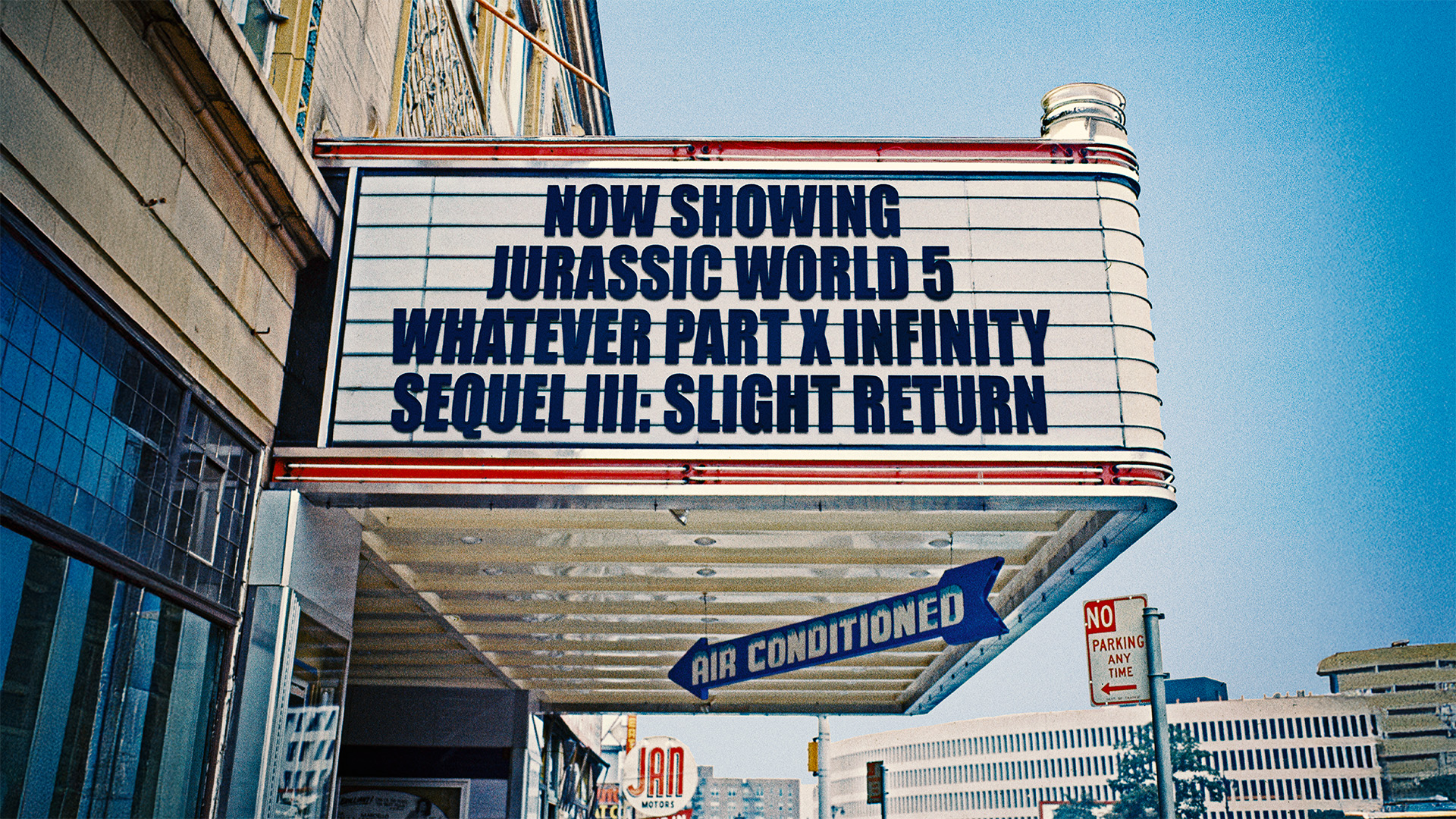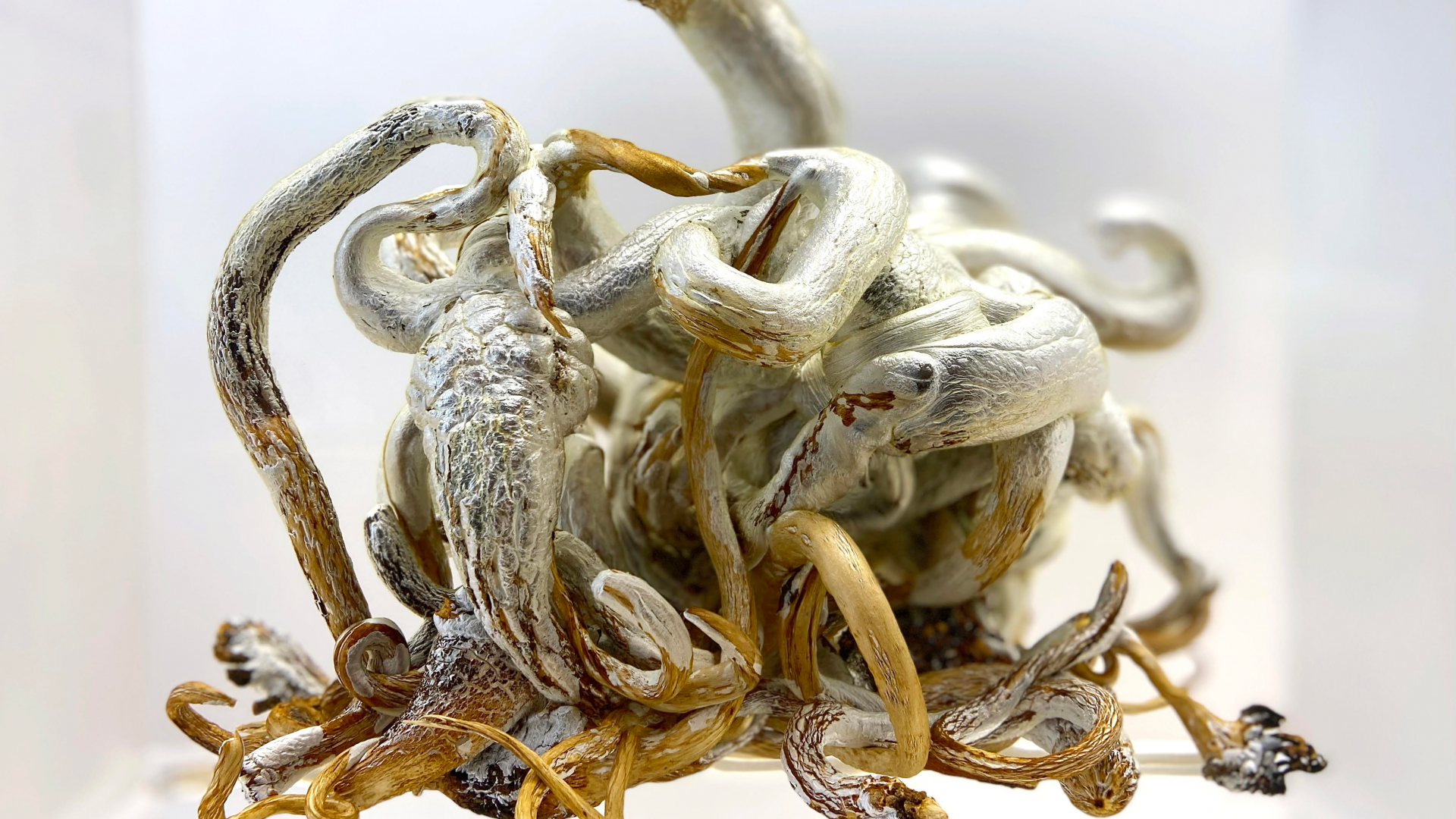As we enter the summer blockbuster season, it’s time to look at what’s on offer, and groan. Franchises and sequels pervade. Mission: Impossible – The Final Reckoning, 28 Years Later, M3gan 2.0, Ballerina, the John Wick spinoff starring Ana de Armas.
Then there’s Jurassic World: Whatever, Karate Kid: Whatever x Infinity, Happy Gilmore 2, Nobody 2, The Old Guard 2 and numerous “requels” – The Fantastic 4: First Steps, The Naked Gun and I Know What You Did Last Summer – as well as live-action remakes – Lilo and Stitch and How to Train Your Dragon. Oh, and Freakier Friday, which – kudos – is a good title.
Stonehenge save us, there’s even a Spinal Tap sequel. Spike Lee’s new film isn’t a sequel but a remake, but given the title – Highest 2 Lowest – you’d be forgiven for taking it 4 one. My condolences to the marketing team.
By now we’re used to this perennial deluge of franchise churn and rejigging of IP in our cinemas. In response, a thousand film critics fire up their computers, crack their knuckles and start on the cinematic equivalent of “in my day, all we had were a hoop and stick,” like the four Yorkshiremen in the Monty Python sketch.
Ah, the 1970s! Original movies, as far as the eye could see. Nowt but fields and orchards and nary a sequel or franchise in sight. Well, maybe Airport and The Godfather Part II, but those don’t count. They’re the exceptions that prove the rule.
The first was pretty disposable fare – Burt Lancaster called the first one “The biggest pile of junk I’ve ever seen”, and he was in it. The follow-up to The Godfather was arguably an improvement on the first, and therefore provided a solid argument for its existence.
When Steven Spielberg was offered the opportunity of doing Jaws 2, he turned it down partly because sequels were hack work. Not cool. His buddies Brian De Palma, Martin Scorsese and George Lucas would never do sequels.
The other reason was that, unlike today, the budget for the second film usually went down by a full third, the idea being that there would be a significantly reduced audience: only a fraction of the people who had gone to see the first film would turn up for the second one. It was a cash grab.
If the stars ask for increased wages, ditch them and get someone cheap. Alan Arkin can play Inspector Clouseau. You don’t need Charlton Heston for more than a cameo in Beneath the Planet of the Apes, as long as you have the apes.
During the era of the studio system, sequels were scarce. If you wanted a sense of continuity, there was usually a serial as part of the theatrical experience in the matinees, be it Flash Gordon or the Rocket Man.
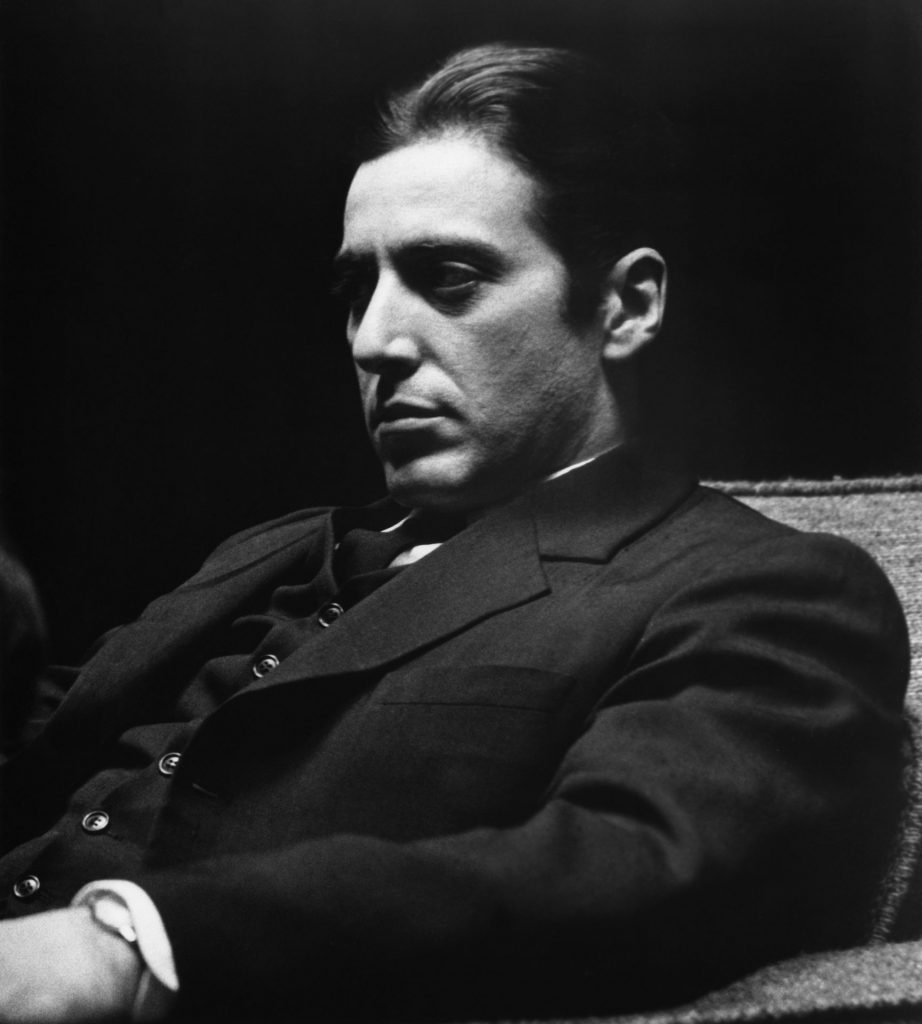
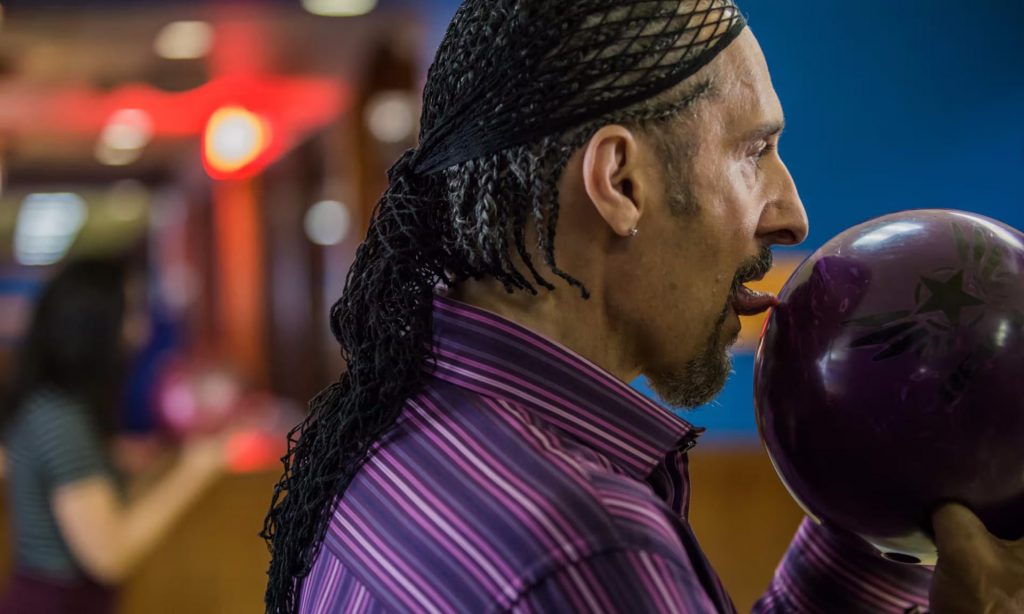
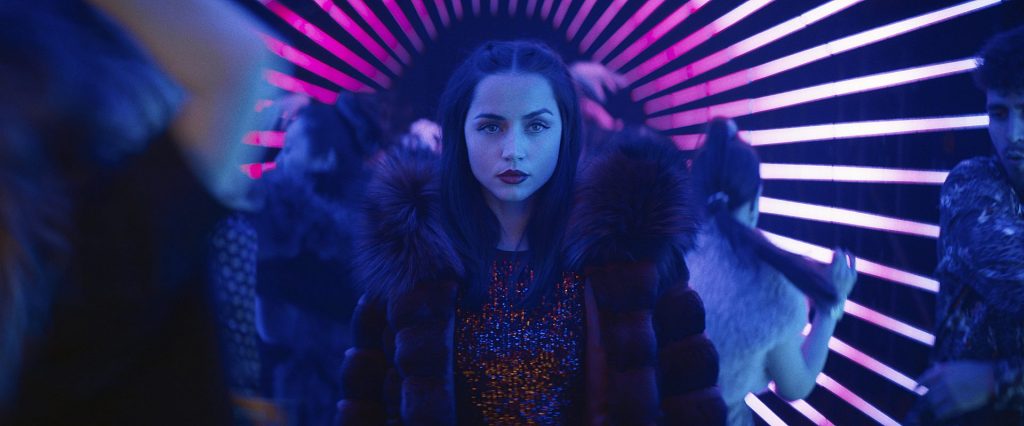
There were some franchises: popular heroes like Zorro, Tarzan and Sherlock Holmes could return again and again.
William Powell and Myrna Loy played Dashiell Hammett’s Nick and Nora in The Thin Man films (six altogether), along with their dog, Asta (played by Skippy in the first three films). And James Whale topped Frankenstein with The Bride of Frankenstein. But these were exceptions.
As the studios had their stable of stars tied into long-term contracts – and as audiences were much more likely to be pulled in by a star than a character – it made more sense to put the same cast in a different movie.
So, Spencer Tracy and Katharine Hepburn starred in seven films together from Woman of the Year in 1942 to Guess Who’s Coming to Dinner? in 1967, without the films being related to each other, except by their presence.
Tracy and Hepburn are a double act, like Laurel and Hardy, Bing Crosby and Bob Hope in the Road films, Dean Martin and Jerry Lewis. More recently, the double act has died out, with the likes of John C Reilly and Will Ferrell, or Tina Fey and Amy Poehler making far fewer films together than you probably think.
One element that set Tracy and Hepburn apart was their onscreen chemistry and the fact they were rumoured also to be in an offscreen romance, though Tracy was married.
For real overt chemistry, you can’t beat Humphrey Bogart and Lauren Bacall, who fell in love before our eyes in Howard Hawks’s To Have and Have Not (1944). “Do you know how to whistle, Steve? You just put your lips together and blow,” says Bacall, and an entire theatre audience shudders and lights a post-coital cigarette.
They would be married by the time their masterpiece, The Big Sleep, came out in 1946, which was rewritten to exploit their relationship and give Bacall a meatier role. They’d go on to appear in three more films together.
But none of these films were sequels. In a way, To Have and Have Not was a retread of Casablanca – the foreign setting, the cynical hero who doesn’t want to get mixed up in politics and then does, the beautiful woman who melts his hard heart… it even has a piano player. But it isn’t Casablanca 2: Electric Boogaloo.
Some of the cast of Casablanca will reteam (without the then exiled Ingrid Bergman) in 1953’s Beat the Devil, and Casablanca (1942) was itself a reteaming after The Maltese Falcon, made a year earlier. The cast play fairly similar characters as well: Sydney Greenstreet the verbose villain, Peter Lorre the sibilating weasel and Bogart, well, Bogart.
Casablanca has since become the exemplar of unsequel-able films, along with the likes of Gone with the Wind and Citizen Kane. So it might be surprising to learn that Warner Bros wanted to make a direct sequel as soon as it realised the film was both a critical and commercial success. One of the original writers, Howard Koch, wrote a treatment called “Return to Casablanca”, which saw Ilsa and her husband returning to North Africa to search for Rick because Ilsa had given birth to Rick’s son. Nope, said Warner. A child out of wedlock was not what they had in mind.
Another treatment was commissioned from Frederick Stephani, most famous for penning the Flash Gordon series mentioned earlier. His story was called “Brazzaville” and was set in the Free French garrison of that name, to which Renault and Rick had headed at the end of the original film to begin their “beautiful friendship”. In the treatment it turns out that Rick had been an allied spy all along – an early example of retconning – and Ilsa returns, as Victor has died of plot convenience in New York.
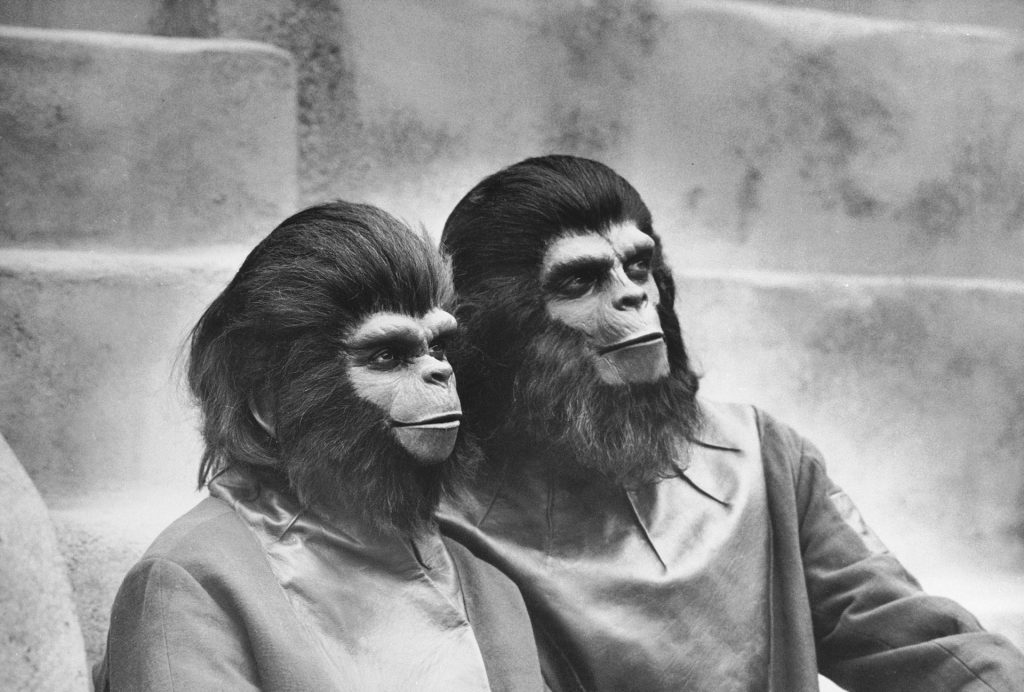
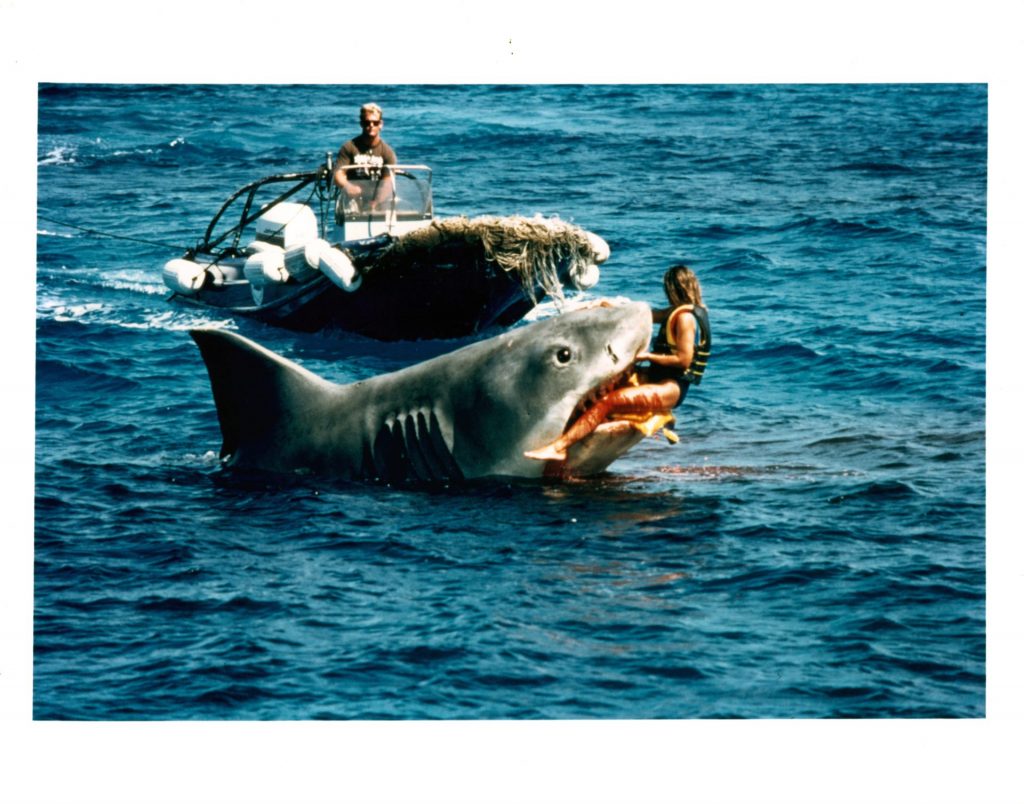
The script wasn’t commissioned because it was a terrible idea from beginning to end. It was far preferable to put Bogey in something that looked like Casablanca and gave the same vibes, but without risking destroying the integrity of the original. By integrity, I don’t mean authenticity, I mean wholeness, completeness, ability to stand alone. The backstory is a flashback in the film – no need for a prequel – and the ending tells you everything you need to know: a decision has been made, will be kept to, and they all lived happily ever after. Well, maybe not happily, but you get the point.
If you make Part Two, then you are automatically saying that the first film is half of what you thought it was. Jaws tells us about one extraordinary event. Jaws II, 3D and IV: The Revenge posit that it isn’t actually that extraordinary after all. Shark attacks go from an epic battle between nature and man to a constant faff. This is not to say that the original is mortally wounded. Far from it. Jaws’ reputation has only risen, while its sequels are largely forgotten.
Oblivion is the fate of most poor sequels. Did you even know there was a sequel to Easy Rider, called Easy Rider: The Ride Back? Or The Big Lebowski (John Turturro’s The Jesus Rolls)? Or that Jack Nicholson directed a sequel to Chinatown called The Two Jakes?
Plus there are sequels that are true anomalies, matching or even surpassing the original film. I would die on the hill of arguing that Martin Scorsese’s The Color of Money is better than the still unarguably excellent The Hustler.
It came 20 years after the original, boasted career-best performances from Paul Newman and Tom Cruise, and had a screenplay of street poetry by Richard Price. It should have been a terrible idea. It wasn’t. It’s my favourite Scorsese film.
By the mid-80s, those cool 70s directors were now knee-deep in sequel land. But for the most influential pair, Spielberg and Lucas, it was the Saturday morning serial that served as inspiration. Indiana Jones, Jurassic Park and Star Wars are matinee entertainments. Flash Gordon was the touchstone, not The Godfather: Part Two.
This leads us to where we are today. Cinema has a way of trying to become what it is competing against.
One French cinema owner told me that his chain didn’t compete with Netflix, it competed with restaurants. If people were leaving the house, it was either to eat or go to the cinema. So the cinemas made themselves into restaurants.
The studios feel that they’re competing with the streamers and so they make films that are essentially episodic television. A film is no longer a thing in and of itself, but another episode in an ongoing drama with chapters released once a year.
My suggestion would be: stop making yourself identical to your competition. Netflix is better at TV; restaurants (especially in France) are better than food served up in a multiplex. Make cinema better at being cinema, the only place you can get it.
Tell original stories with the unique visual and aural flamboyance that only cinema allows and audiences will come back. You only have to whistle. You know how to whistle, don’t you?
John Bleasdale is a writer, film journalist and novelist based in Italy


